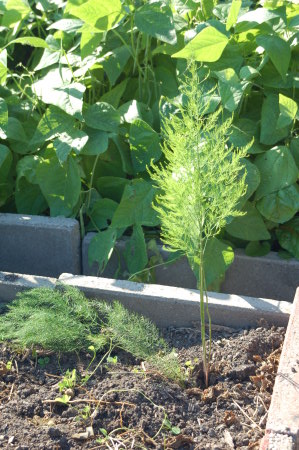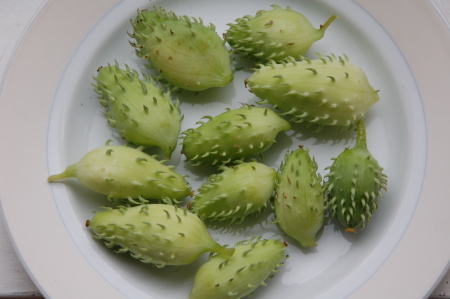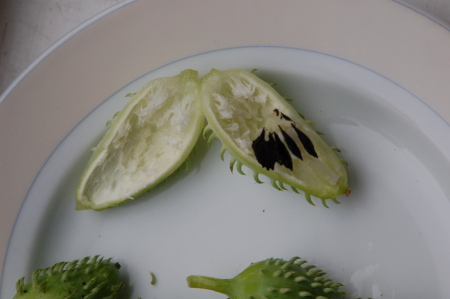
Some of my Mary Washington asparagus I started from seeds this year is looking pretty good. The main problem is out of 24 seedlings, only about a third of them have turned into healthy and strong plants. Some just didn’t survive, and other plants are just barely alive.
When you start asparagus from seed you don’t get your first harvest for three years anyway, and even then you get a light harvest.
Now however, I look set to need to keep replanting for a number of years before I get well established plants. I’ll need to make a decision about keeping weak plants, or starting over with these too. Since it’s possible to transplant asparagus crowns after the first year, I need to consider the pros and cons of moving all of this years plants into a single spot, or just filling the gaps with new plants. Decisions, decisions…
I’m starting to see the advantages of starting with crowns instead of seeds. Crowns of named varieties are hard to find here, as are crowns in general. When you do find them, they are pretty expensive. I’m wondering if I’m going to get any seeds from my plants this year or if I’ll need to order some more.
Anyone have any advice?





